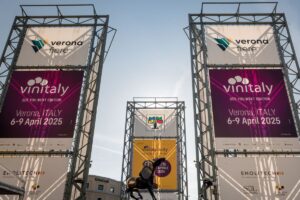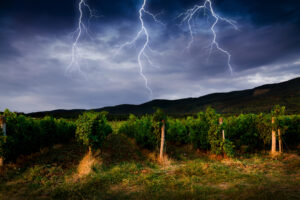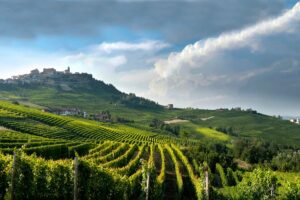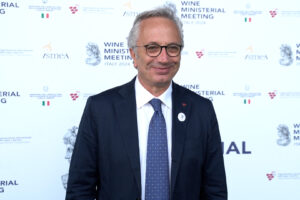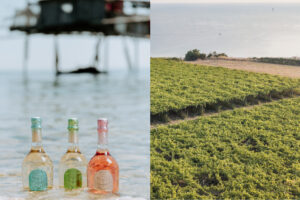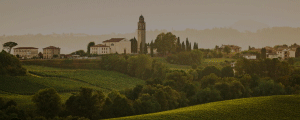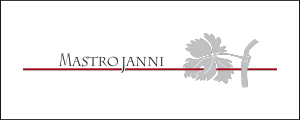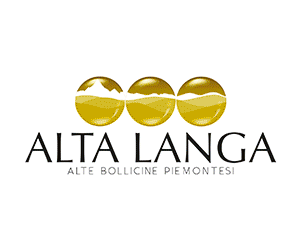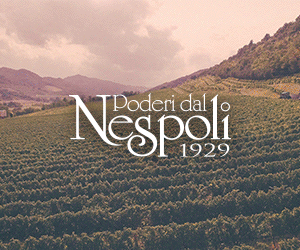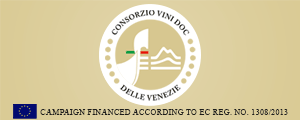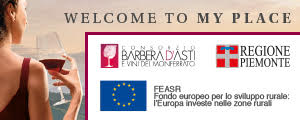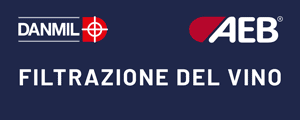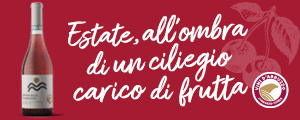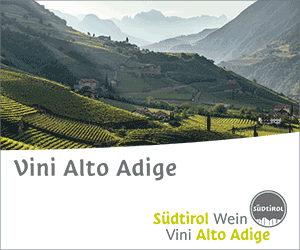When we talk about Italian wine competitors, the first one that comes to mind is always France. But because of similarities in the production system, Spain is the country to watch out for more, explains Angelo Gaja, one of the most respected wine makers in Italy, in this article we receive and gladly publish:
“We must not think that we are the only ones to enjoy the exclusivity of making wines from indigenous or historical varieties. Spain also has its own varieties. Just to mention the most successful, Tempranillo (Tinto in different variations), Bobal, Garnacha Tinta, Monastrell, Carinena and Mencia for the reds and Airen, Pardina, Macabeo y Palomino, Albarino, Godello, Verdejo, for the whites. They do not have as many as Italy, but they still have a lot. Both for Italy and Spain international varieties (Chardonnay, Cabernet, Merlot,) are a minority. What is certain is the two reference countries for foreign wine lovers of native grapes are Italy and Spain.
Data on Spanish wine production is not yet official, but the 2013 harvest is expected to be about 46 million hectoliters. If it turns out to be more they were more - we will know in a few months – Spain will become the top wine producer in the world surpassing Italy by a hair.
In terms of volumes sold abroad, Spain is in second position, very close to Italy.
The average price per liter of Spanish wine exported is less than half the Italian, which itself is not very high. It follows that foreign markets recognize the excellent quality / price ratio of Spanish wines, and even for bulk wines, Spain is able to offer the lowest prices. An exuberant domestic production is forcing Spanish producers to explore foreign markets, as their domestic consumption of wine is significantly lower than that of France and Italy.
One of Italy’s strong points on foreign markets is Italian restaurants that serve as ambassadors for the agro-food and Italian wine industries. Spain does not enjoy the same advantage even though in the last decade the lure of Ferran Adrià and the school of Spanish haute cuisine have attracted more attention abroad and produced some rivals. Today, people are more interested in opening tapas bars that are gradually spreading to Asia.
Spain has widely enjoyed European Community contributions for restructuring vineyards. The number of wineries has grown to slightly more than 5000, which, however, remains well below Italy’s 30.000. It follows that it cannot enjoy the same level of producers on foreign markets that Italy has, since they travel abroad both telling about our wines and our territories, as well as executing marketing procedures”. Just like Italy, Spain has a lot of tourism and can also play the “territories card”.
Spain has a remarkable advantage, since it is, among Western countries, the most spoken language in the world after English.
I would like to mention three among the many excellent Spanish wine producers that in my opinion are models – and why not? - even we Italians can learn from.
Vega Sicilia (www.vega-sicilia.com) - The Pablo Alvarez family purchased the prestigious winery in 1982. Pablo Alvarez is a man of few words, but to the point; he is an excellent organizer and has a staff of highly qualified employees, which totally renewed the Vega Sicilia winery, raising the level of excellence, giving them full visibility on foreign markets, participating constantly at international auctions in the guise of reference for Spanish wines. Pablo Alvarez has also invested extensively in other areas: in Hungary / Tokay, with the Oremus winery, and Spain in the areas of Valladolid, Toro, Rioja Alava.
Telmo Rodriguez (www.telmorodriguez.com) - He is of the Bordeaux school and in 1994, with a couple of other wine technicians, founded the company which over time has become "Compania de Vinos Telmo Rodriguez".
Their mission is to identify in the various viticulture areas (Rioja , Galicia , Ribera , Taurus, Avila, Malaga, Alicante, Rueda ) old vineyards of local varieties to be retrieved and rented, producing the wine at both it’s own and other manufacturers’ wineries and bottle with its own brand. Telmo Rodriguez is not a consultant; he works on his own. He helped recover varieties that had been neglected over time and has increased the interest in producing original local wines, in the various wine territories in Spain. He is an example for other manufacturers. He is also a great communicator; his wines are exported to many countries.
Torres (www.torres.es) - Miguel A. Torres is president of the winery and is a man of great charisma. Just to give you an idea, Torres is to Spain what Antinori is to Italian wine. The company operates 27 wineries in Spain, California, Chile and has over 2.500 hectares of its own vineyards. Torres has for years been at the forefront in Europe with environmental, social and economic projects. The wines have international visibility, since they are exported everywhere. The Torres has demonstrated its openness and the search for synergies in many foreign countries where it operates with its own import and distribution company, combining in the portfolio its own wines as well as those of other European producers - including Italians - the New world of large - medium - small size. An effective "system". There is no Italian manufacturer that does the same.
Angelo Gaja
Copyright © 2000/2024
Contatti: info@winenews.it
Seguici anche su Twitter: @WineNewsIt
Seguici anche su Facebook: @winenewsit
Questo articolo è tratto dall'archivio di WineNews - Tutti i diritti riservati - Copyright © 2000/2024










